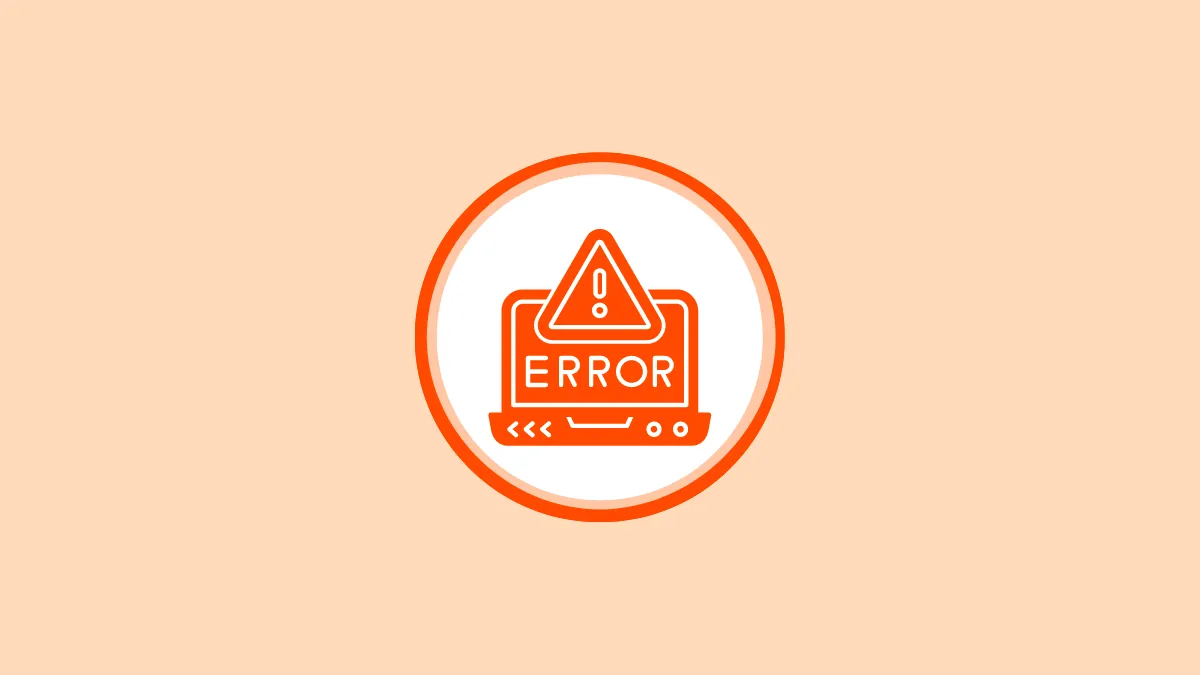The BAD_SYSTEM_CONFIG_INFO error in Windows 11 can result in a blue screen of death and cause your computer to crash. It usually occurs due to damaged BCD data or corrupt Registry files, but can also happen due to faulty drivers and damaged system files. Fortunately, it is quite easy to fix these issues and there are various solutions that you can try out for this purpose.
Preliminary checks
Before trying out other solutions, you should first take a look at your hardware. Check that the power connection to your PC is alright and then open your CPU case and clean the components to get rid of the dust that may have accumulated inside. You should also check that components like the RAM are installed properly and reseat them if possible. Try using your PC after checking your hardware and see if the error appears again. If it does, you can move on to various solutions.
Solution 1: Perform Startup Repair
The Startup Repair utility can be used to identify and fix issues with your PC.
- Open the Settings app using the
Win + Ishortcut and click on 'System' on the left.

- On the System page, scroll down and click on 'Recovery'.

- Now, click on the 'Restart now' button on the right.

- Your PC will restart and you will see the 'Advanced Options' screen in front of you. Click on 'Troubleshoot' and then on 'Advanced Options' before selecting 'Startup Repair'.

- Your computer will reboot as Windows tries to fix the BAD_SYSTEM_CONFIG_INFO error. Once the process completes, it will restart again and you can log in.
Solution 2: Run SFC and CHKDSK scans
If your file system has become corrupt, you can try using the Windows System File System Check (SFC), which can help you identify and fix issues. For that, you first need to use the Deployment Image Servicing and Management (DISM) tool to ensure that SFC runs properly.
- Open the Start menu, type
cmdand click on 'Run as administrator'.

- When the command prompt window opens, type the following command and press Enter:
DISM /online /cleanup-image /restorehealth.
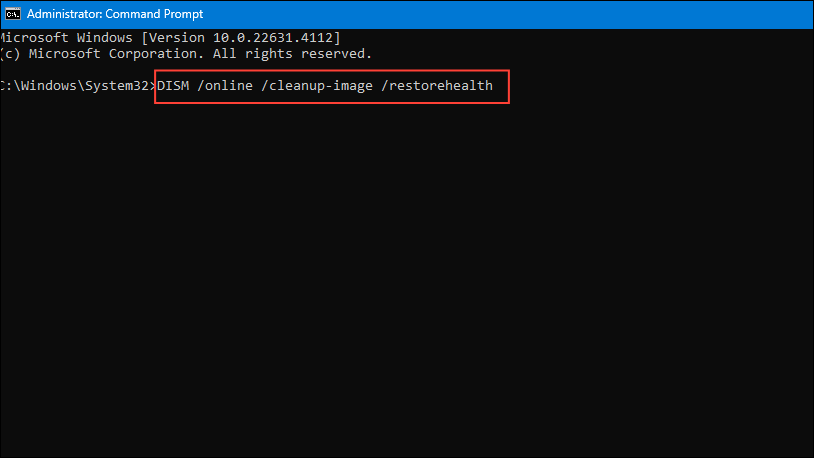
- The process can take some time so wait until it is complete and then type
sfc /scannowand press Enter again.

- Again, wait for the file check to complete. Lastly, you can enter the
chkdsk /rcommand before pressing the 'Enter' key. Checkdisk will start scanning your computer next time you reboot and try to fix any errors.

Solution 3: Fix a corrupt registry
You can try to fix a corrupt registry using Command Prompt to get rid of the BAD_SYSTEM_CONFIG_INFO error.
- Boot into the Advanced Options screen and open Command Prompt from there.

- Then type the following command
CD C:\Windows\System32\configand press Enter. - Now you need to enter the following commands one by one and press Enter after each one to rename all the registry files:
ren C:\Windows\System32\config\DEFAULT DEFAULT.old
ren C:\Windows\System32\config\SAM SAM.old
ren C:\Windows\System32\config\SECURITY SECURITY.old
ren C:\Windows\System32\config\SOFTWARE SOFTWARE.old
ren C:\Windows\System32\config\SYSTEM SYSTEM.old- Once the files are renamed, copy the clean Registry backups in the RegBack into the 'config' folder. To copy the files, use the following commands:
copy C:\Windows\System32\config\RegBack\DEFAULT C:\Windows\System32\config\
copy C:\Windows\System32\config\RegBack\SAM C:\Windows\System32\config\
copy C:\Windows\System32\config\RegBack\SECURITY C:\Windows\System32\config\
copy C:\Windows\System32\config\RegBack\SYSTEM C:\Windows\System32\config\
copy C:\Windows\System32\config\RegBack\SOFTWARE C:\Windows\System32\config\- Close the command prompt window and reboot your PC.
Solution 4: Restore the Windows Registry
Problems with the Windows Registry can also result in the BAD_SYSTEM_CONFIG_INFO error. So, you can try to resolve the problem by restoring it if you have a backup.
- Navigate to
C:\Windows\System32\config\RegBackand check the folder. If it contains files whose file sizes are zero, it means you do not have a backup and will have to use other methods of restoring it. If the file sizes are not zero, you can proceed with this fix. - You will need to reboot your PC and access the 'Advanced Options' screen as explained above. Once it appears, click on 'Troubleshoot' and then on 'Advanced Options' before selecting 'Command Prompt'.
- When the command prompt window appears, use the following command to identify the drive Windows is using to boot:
dir D:\Win*. - Once you know the boot location, type
cd d:\windows\system32\configand press Enter. Follow this withxcopy *.* C:\RegBack\andcd RegBack, pressing Enter after each command. Finally, typedirand press Enter again. - Take a look at the files in the Regback directory and see if the dates coincide with when you started getting the error. If that is the case, type
copy /y software ..in the command prompt window and press Enter. - Then type
copy /y system ..and press Enter again before following with thecopy /y sam ..command. Then restart your computer.
Solution 5: Run the Windows Memory Diagnostic
Memory problems can be another cause of the BAD_SYSTEM_CONFIG_INFO error.
- Open the Start menu, type
memoryand click on 'Run as administrator'.
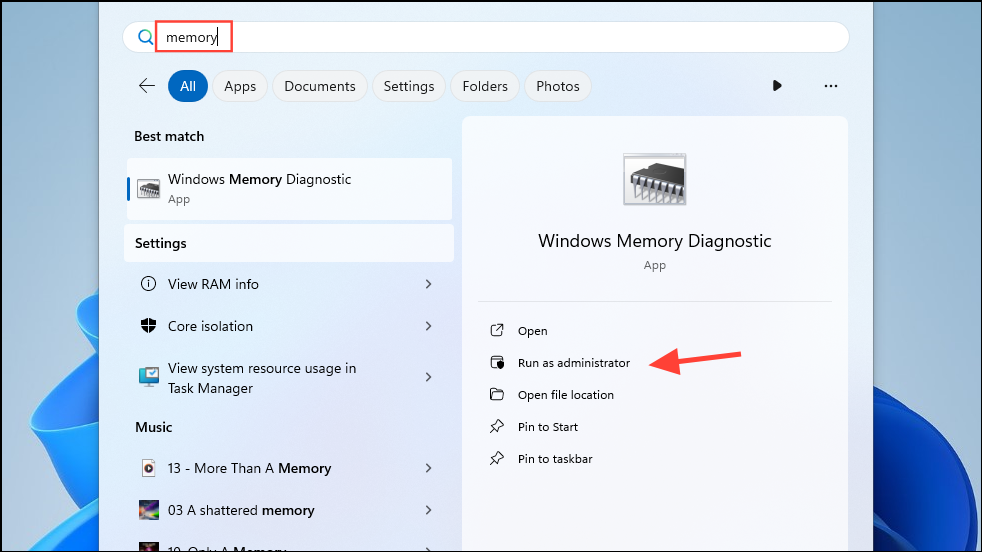
- Click on 'Restart now and check for problems' to allow your PC to reboot and scan for issues.

Solution 6: Use System Restore
If you have created a restore point earlier, you can restore your PC to an earlier state when the error was not present.
- Open the Start menu, type
restoreand click on 'Recovery'.
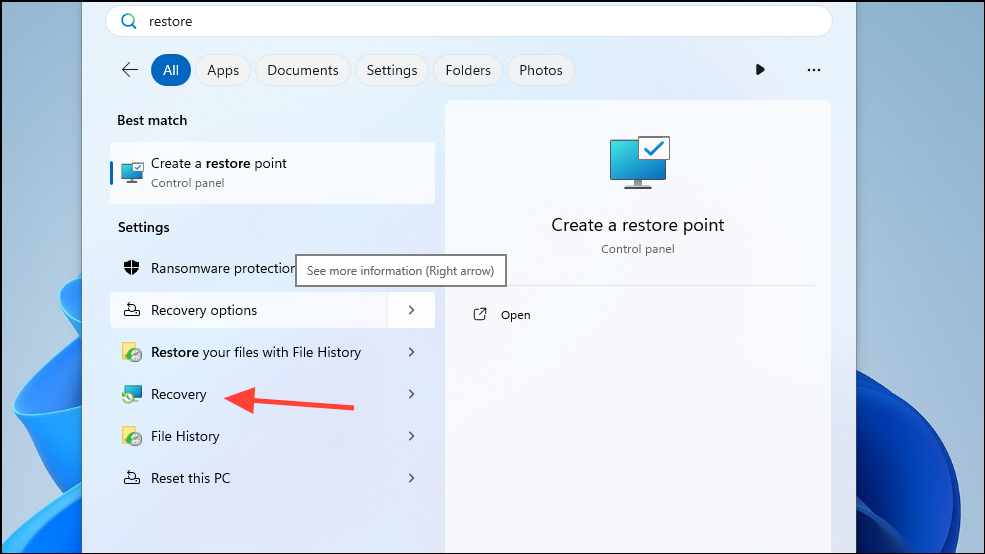
- When the Control Panel opens, click on 'Open System Restore'.

- When the System Restore dialog box appears, click on the 'Next' button.

- All restore points will be listed here. You can select the one you want to use by clicking on it and then click on the 'Next' button.

- Lastly, click on the 'Finish' button and your computer will reboot and restore itself to the restore point you selected.

Solution 7: Fix Boot Configuration Data (BCD)
Boot Configuration Data (BCD) handles the boot data required when your computer turns on. If it is corrupted due to any reason, it can result in the BAD_SYSTEM_CONFIG_INFO error.
- Restart your computer and boot to the Advanced Options screen before selecting Command Prompt. When the command prompt window opens, type
bootrec /rebuildbcdand press Enter.

- Then type
bootrec /repairbcdand press Enter again.
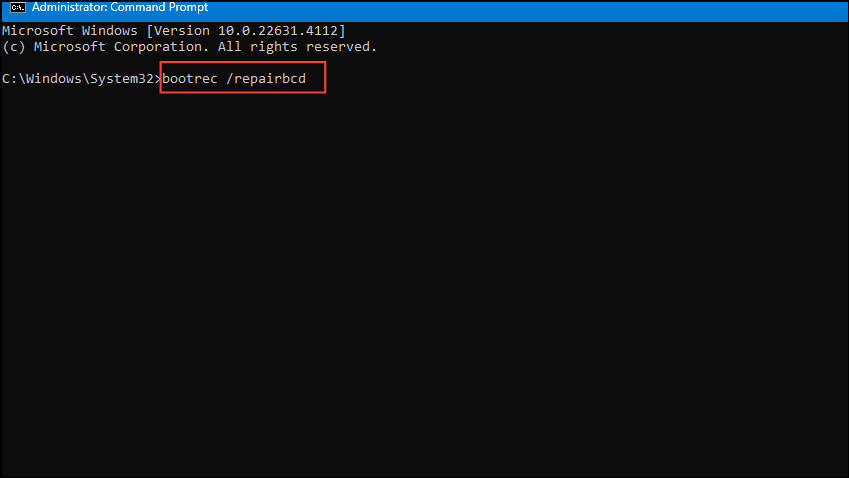
- Follow this with the
bootrec /osscancommand.

- The last command you need to enter is
bootrec /repairmbr. After pressing Enter, restart your machine and check whether the issue has been resolved.
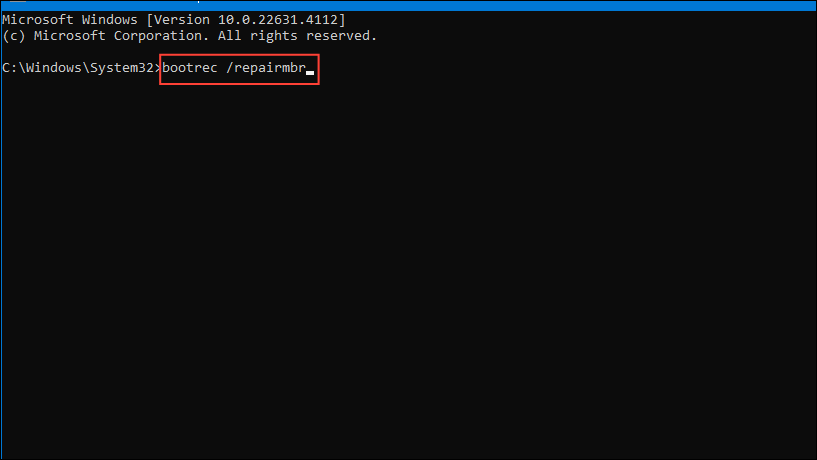
Solution 8: Reset your PC
If nothing else works, you may have to reset your PC to its default settings.
- Open the Settings app and go to the Recovery page.
- Click on the 'Reset PC' button on the right.

- Next, click on 'Remove everything' in the pop-up that appears. Make sure to create a backup of your files beforehand as this process will remove everything from your computer. Once your PC reboots, you can set it up again and start using it without running into the BAD_SYSTEM_CONFIG_INFO error.
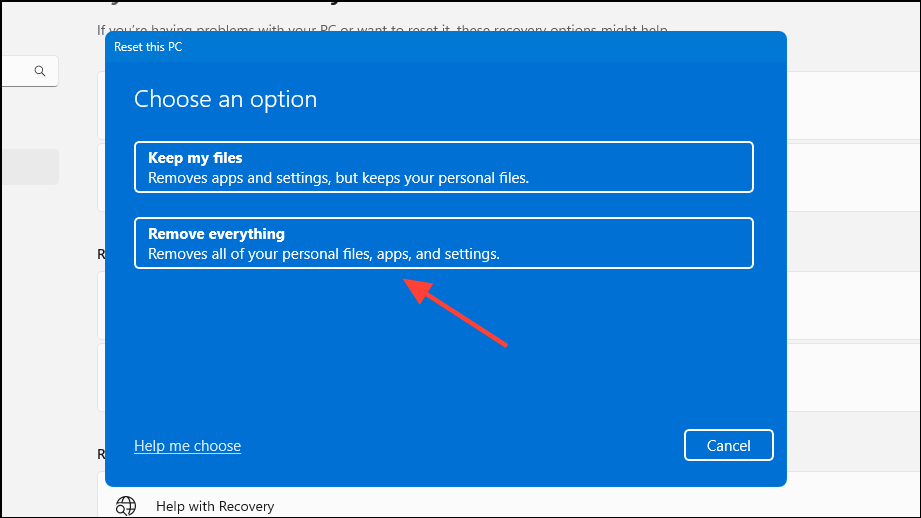
Things to know
- Once you've checked that your hardware is working fine, you should reboot your PC and see if that solves the problem before trying out the above solutions.
- You should also try running Windows Update and checking for driver updates on the website of your computer manufacturer or through the Device Manager.
- Alternatively, if the error only started appearing after you installed a new program or update, consider removing it and then checking for the error.
- Always keep a backup of your files, as methods that involve making changes to the registry or restoring your PC can sometimes result in data loss.

